overleaf template galleryLaTeX examples — Recent
Examples to help you learn how to use powerful LaTeX packages and techniques.
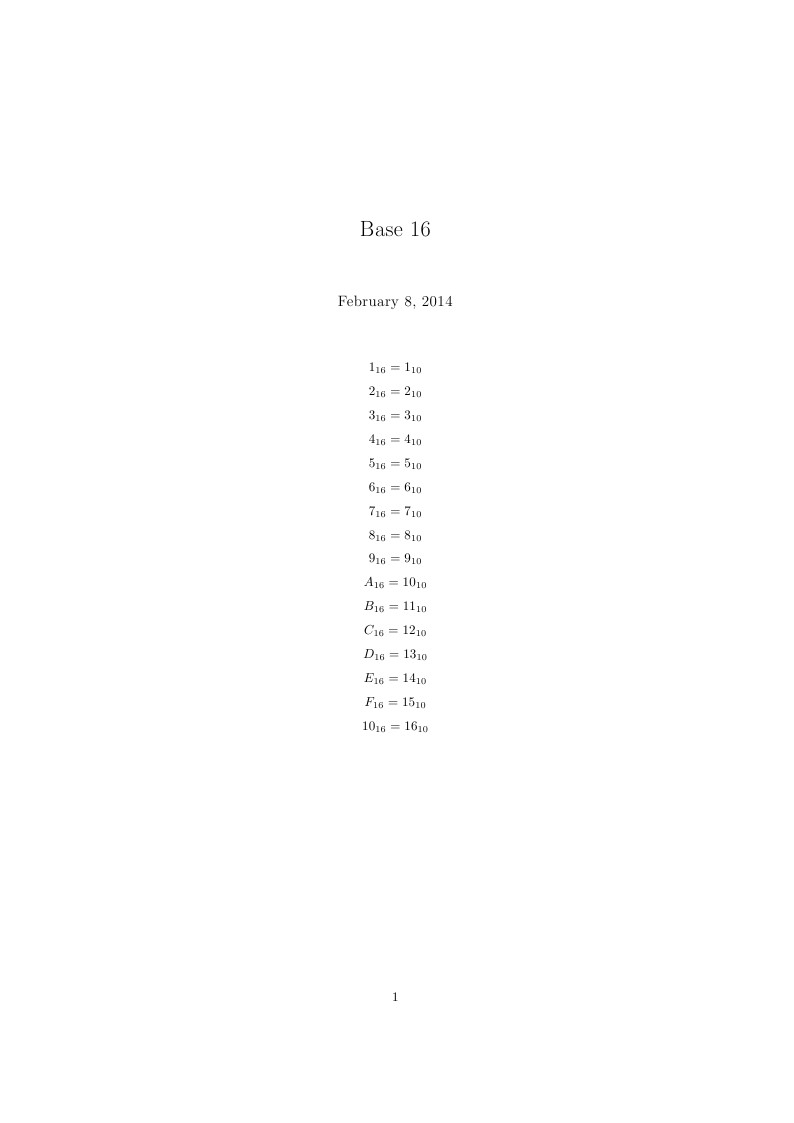
Correspondence between base 10 (decimal) and base 16 (hexadecimal) numbers. For Sonia/Nik
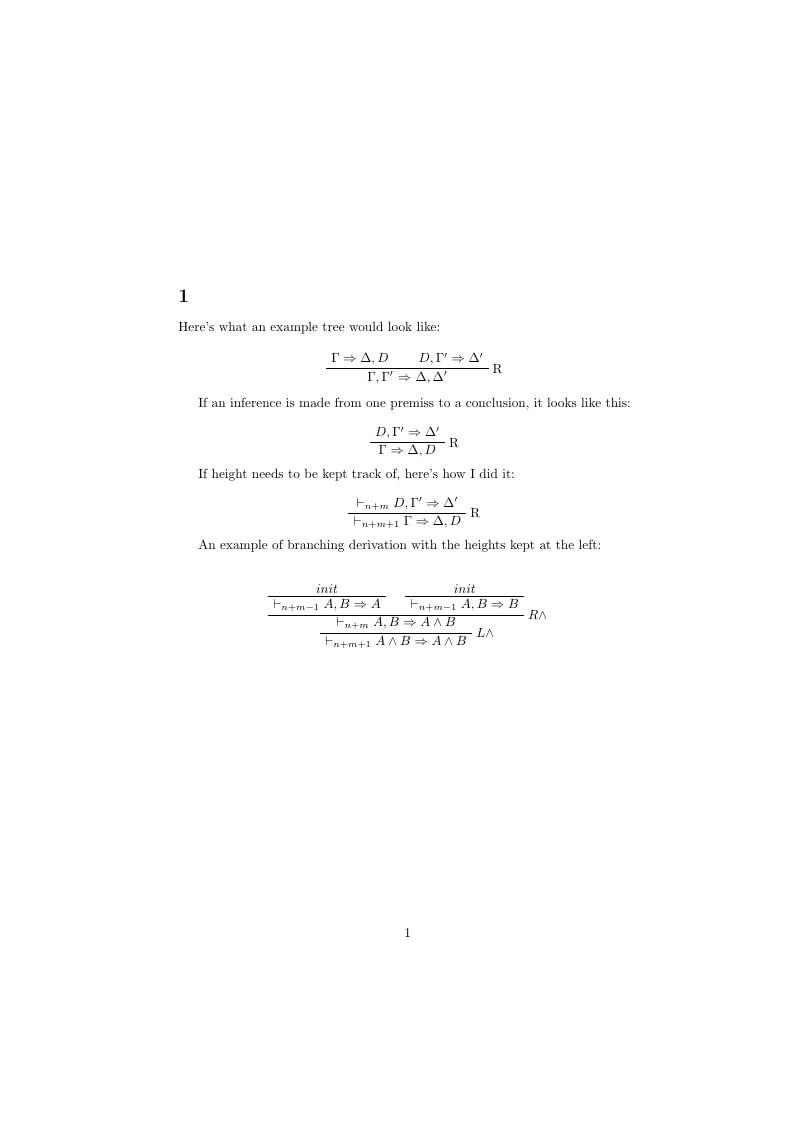
A brief explanation and some examples on how to compose sequent calculus derivations with Overleaf using bussproofs.

PDF accessibility requirements stipulate that word breaks must be represented explicitly in the PDF. However, TeX engines do not use space characters to separate words: they use interword glue. This project shows how you can use LuaTeX to replace interword glue with space characters and kerns without affecting the visual appearance of typeset text. To understand the difference this makes for users of accessibility software, listen to this sound recording made using Adobe Reader DC's Read Out Loud feature. It records the two lines of text in this project being read out loud, before and after converting glue to spaces. This is a plain TeX file compiled using LuaTeX. It is for experimental use only and not intended to be a full, production-quality solution. Primarily, it is designed to assist with understanding technical issues related to accessible PDFs. The Lua code in this project is based on the earlier Overleaf article Boxes and Glue: A Brief, but Visual, Introduction Using LuaTeX. Note This project uses its own simple and very minimal OpenType font loader derived from this code: http://wiki.luatex.org/index.php/Use_a_TrueType_font.
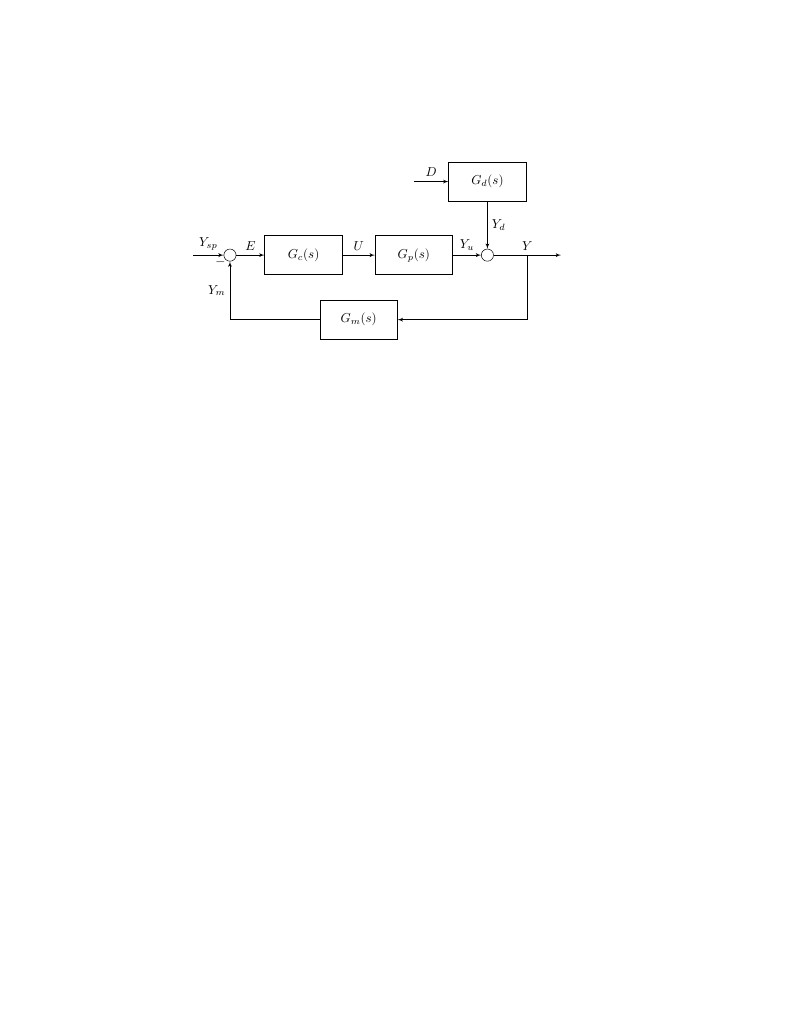
Clean and simple way to generate a control block diagram with TikZ. Adapted from http://www.texample.net/tikz/examples/control-system-principles/
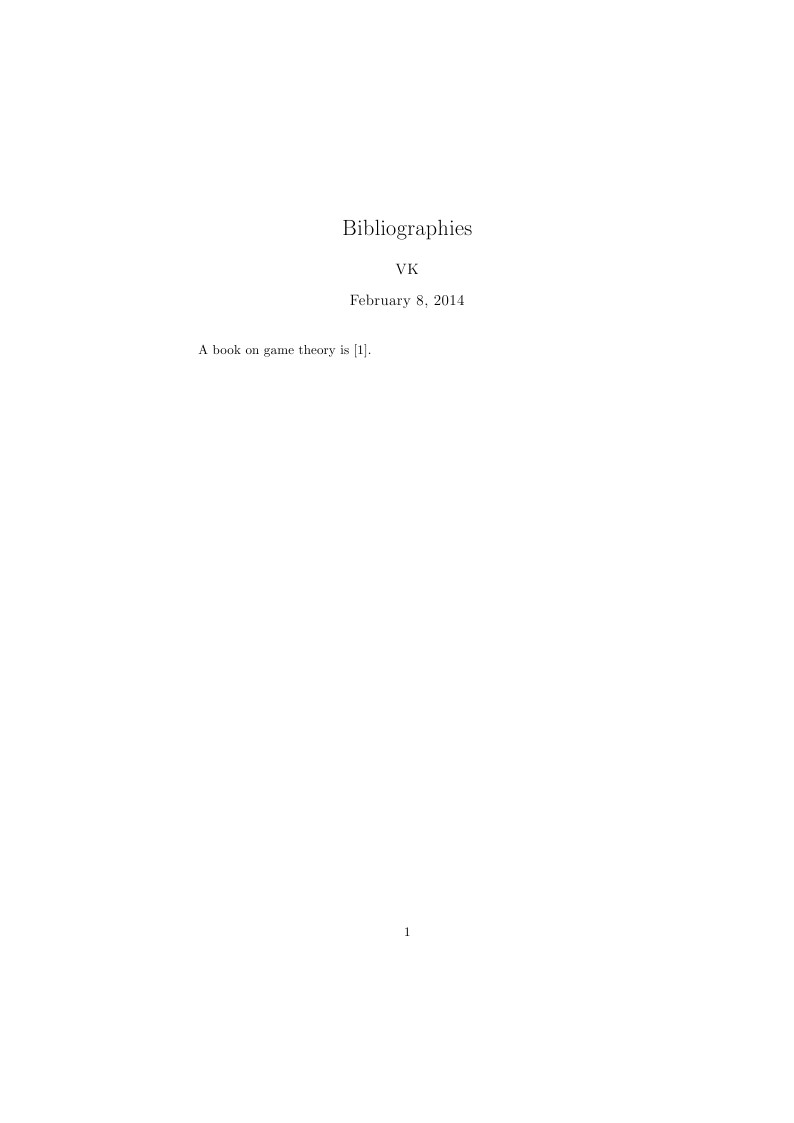
Bibliographies
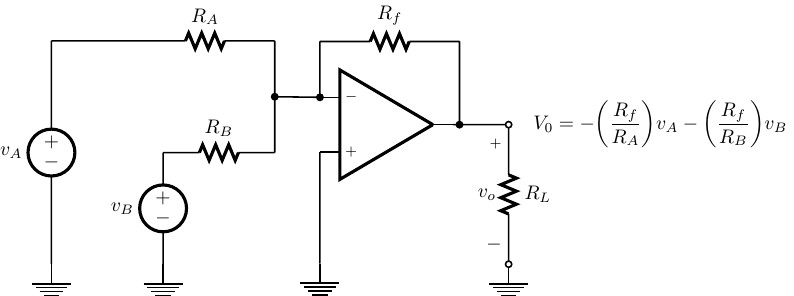
Este ejemplo representa el esquema de un amplificador diferencial construido con un amplificador operacional y cinco resistencias, el cual se usa para calcular la ganancia de la diferencia de dos señales independientes. Las notaciones son las siguientes: vA: tensión de entrada 1. vB: tensión de entrada 2. RA: resistencia. RB: resistencia. Rf: resistencia. RL: resistencia de carga. vo: tensión de salida. Este esquema es una adaptación del que se encuentra en el la página 71, Capítulo 2 del texto "Electrónica, 2da Edición" de Allan R. Hambley, publicado en idioma español por la editorial Pearson Educación.

A horizontal stepped concept map.
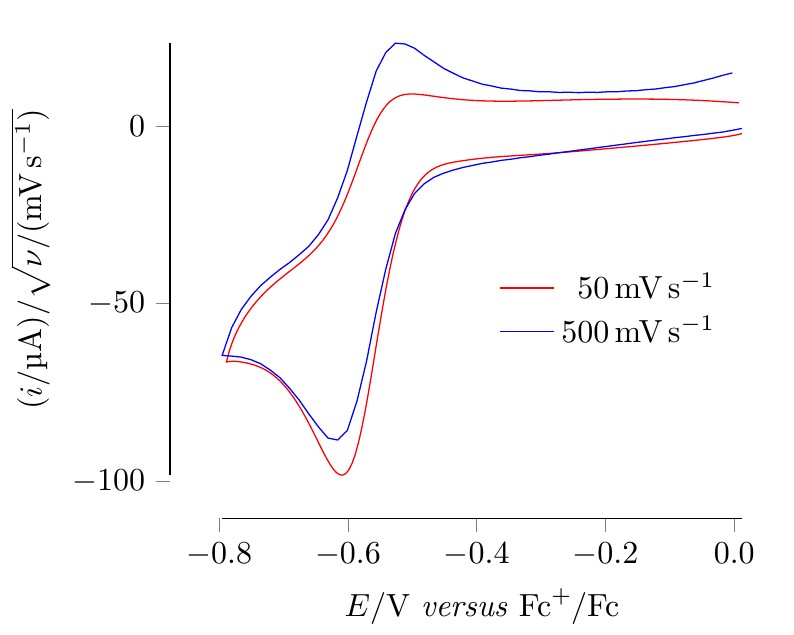
Visualization of chemical experiment data with Tufte style axes, which demonstrates the ability of LaTeX to dynamically generate figures from raw data files. This plot uses two data files and does some calculations in pgfplots to standardise them. It shows 'scan rate normalised cyclic voltammograms', and could more generally be used for 'cyclic voltammetry' results. Original source: http://pgfplots.net/tikz/examples/cyclic-voltammetry/
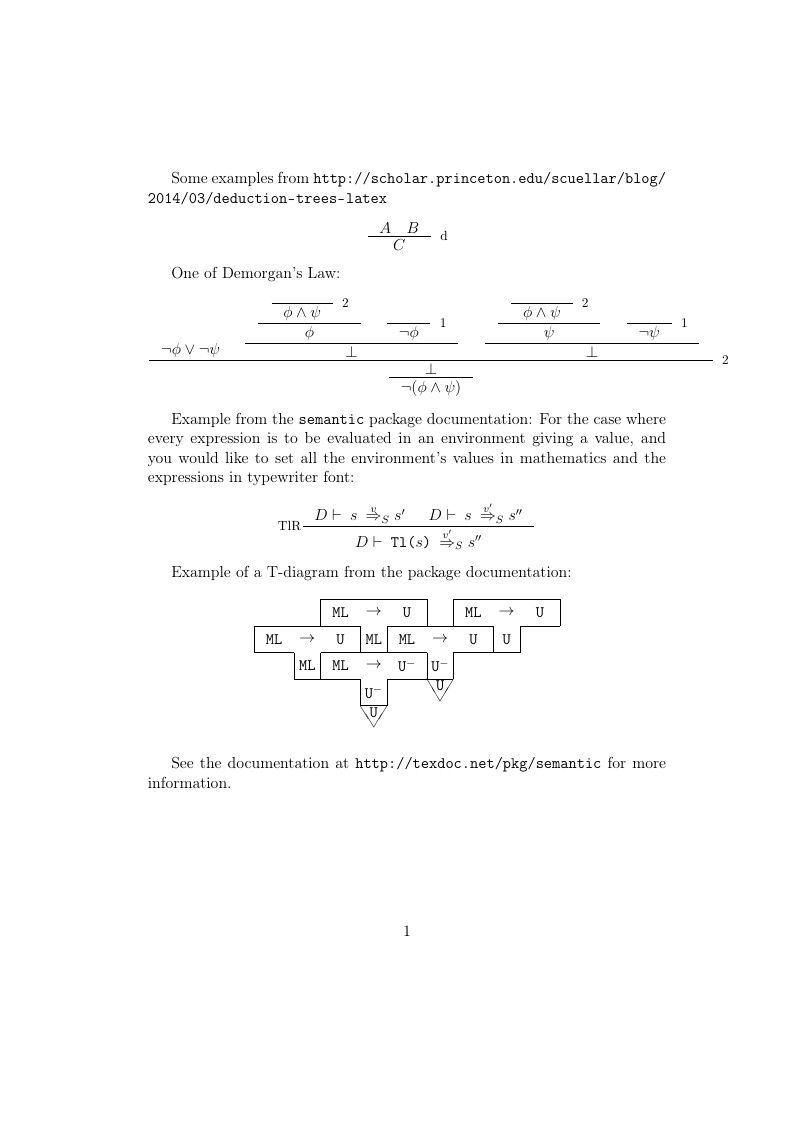
Some examples of typesetting inference rules and T-diagrams using the semantic package.
\begin
Discover why over 20 million people worldwide trust Overleaf with their work.